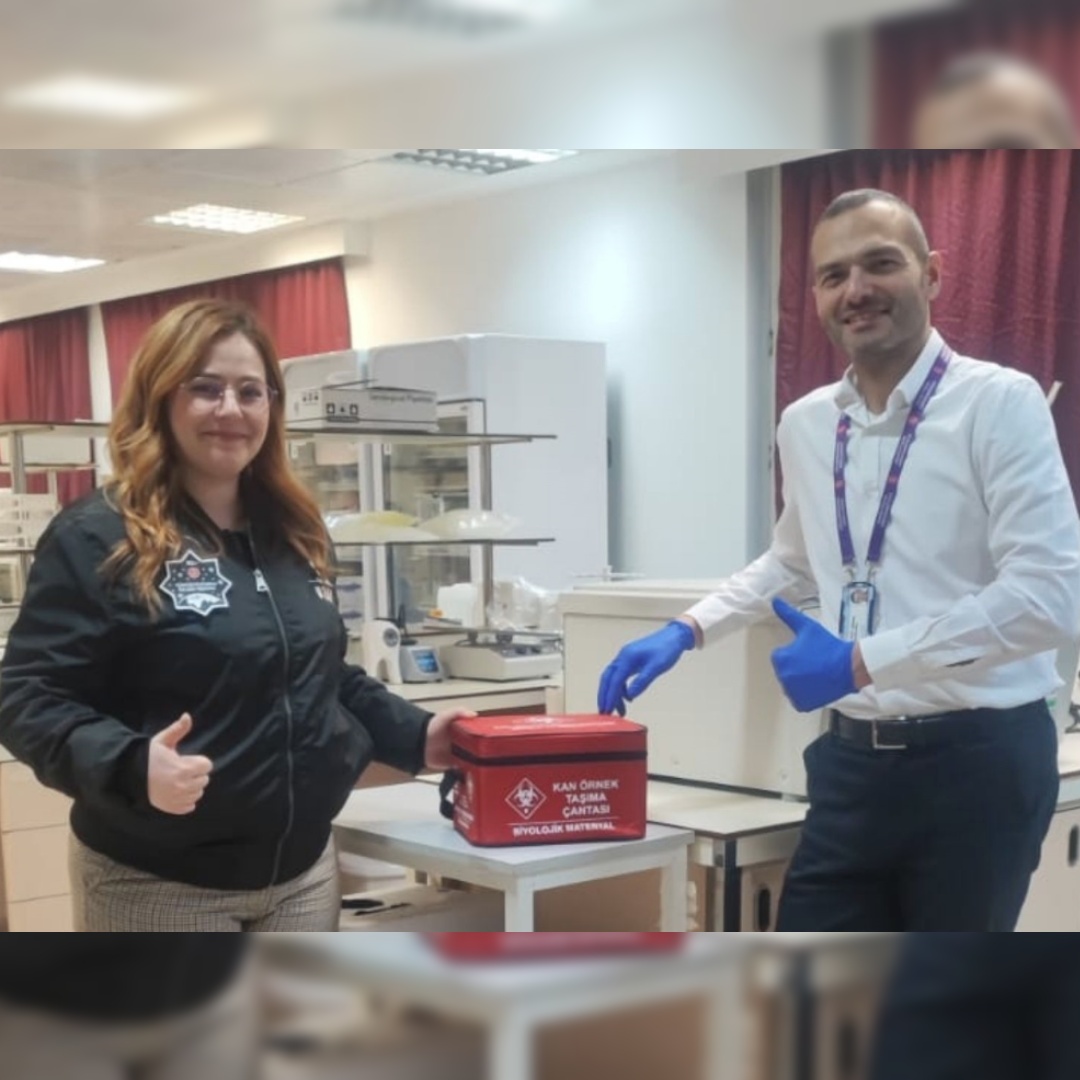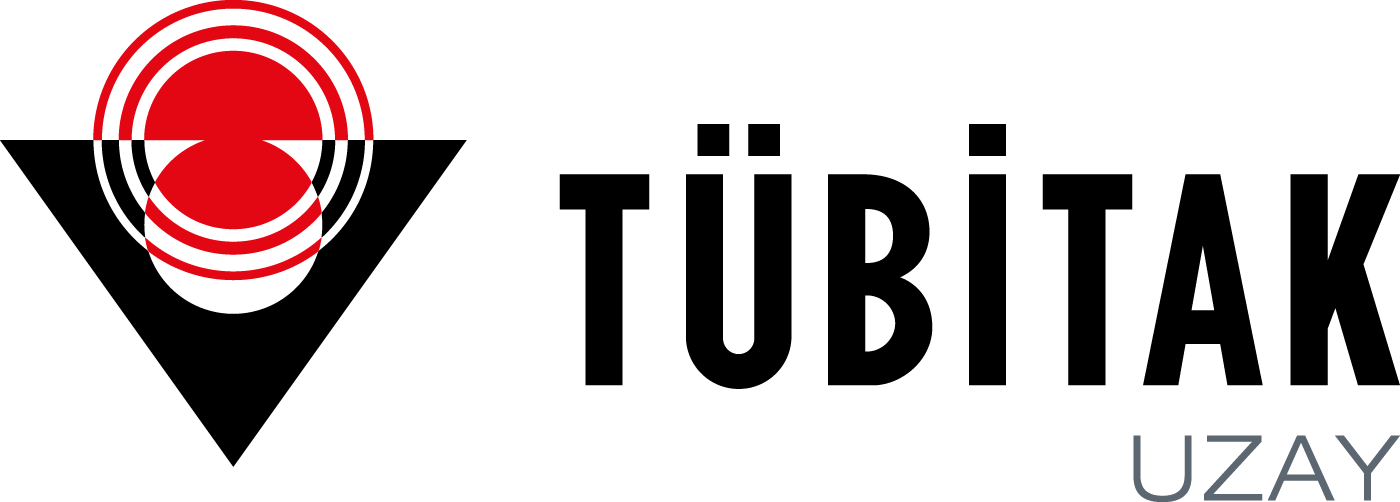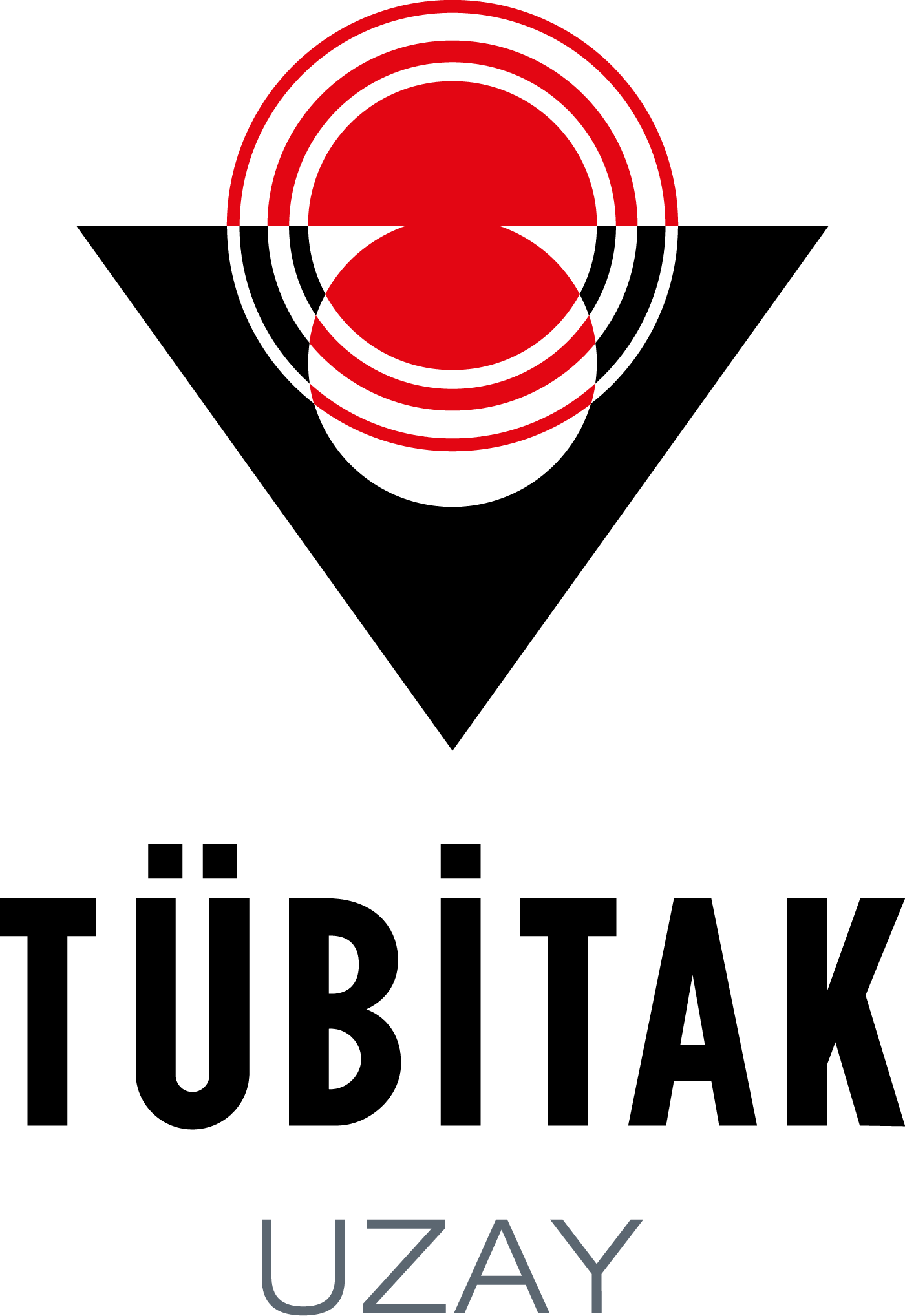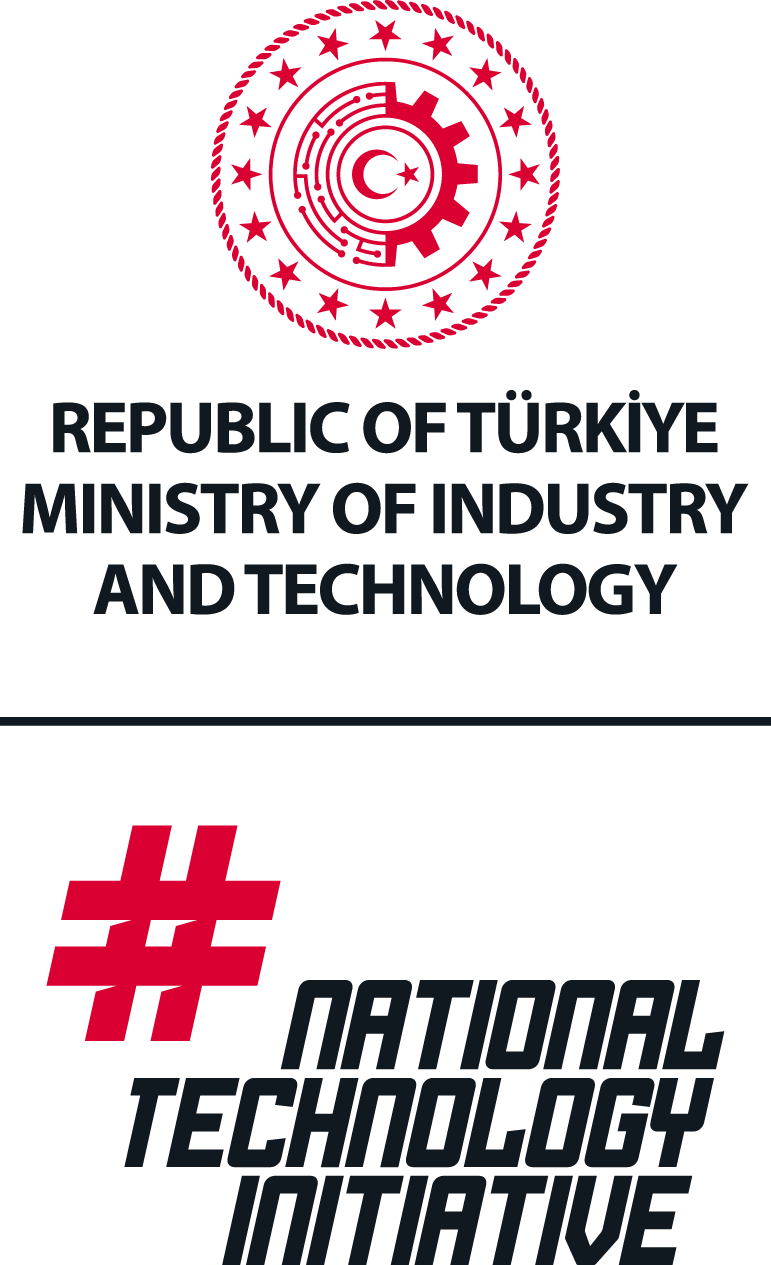UZAY
Human Research
IVMERAD
METU IVMER
Karadeniz Technical University
Prof. Dr. M. Bilge Demirköz
Dr. Selcen Uzun Duran, Egecan Karadöller, Gupse Aköz
IvmeRad is a smart and active wearable ionizing radiation dosimeter. First developed by METU İVMER with the support of TÜBİTAK to instantly determine how much ionizing radiation employees are exposed to in radiology and cancer research units of hospitals, IvmeRad was revised for the Galactic 07 mission in cooperation with Karadeniz Technical University and made suitable for space flight. With IvmeRad, which was carried into space on a specially designed flight suit, ionizing radiation dose measurements were made in all phases of the mission. These data obtained after the mission will be analyzed and will contribute to the literature.
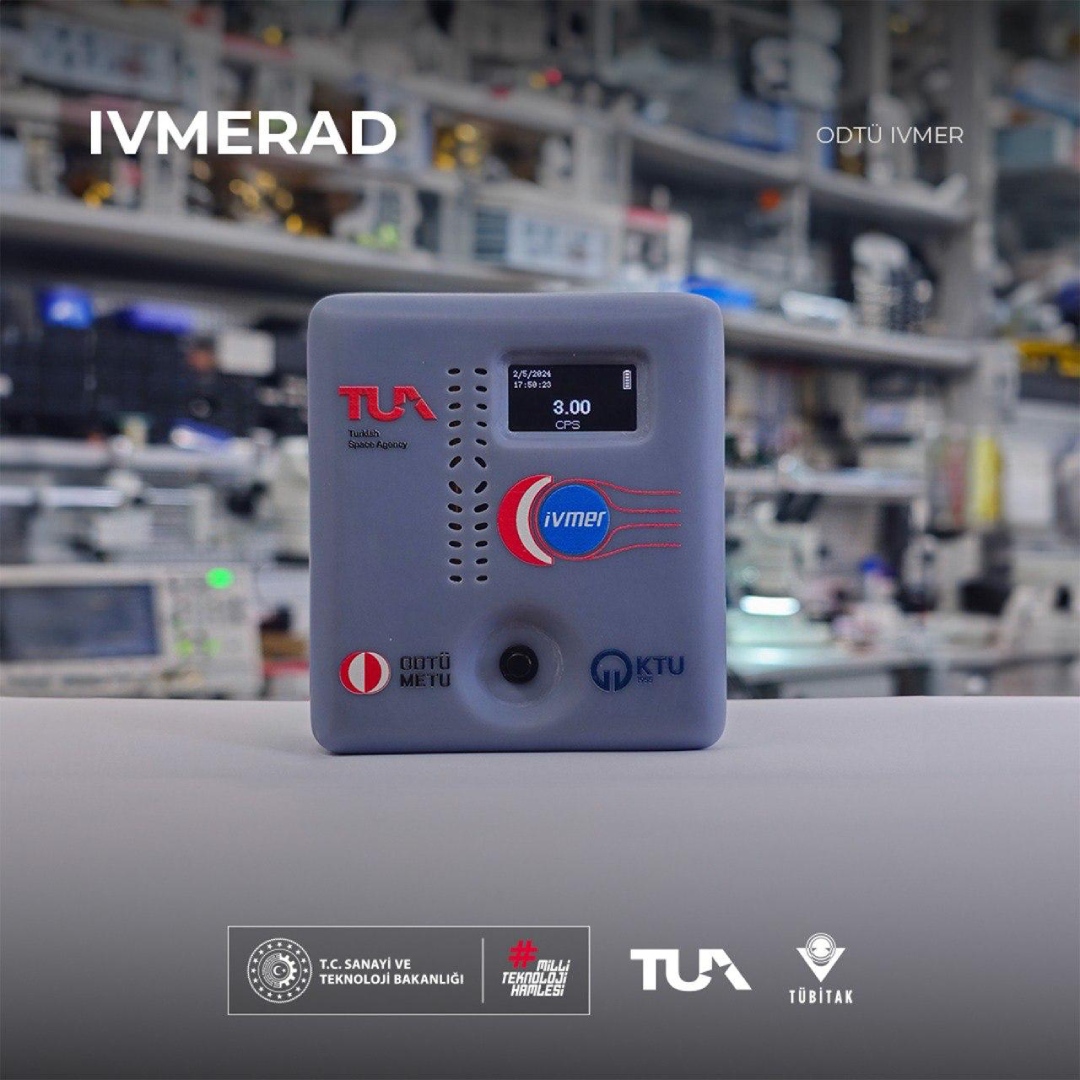
UZIKAT
Insulin Pen Test in Space
Axiom Space
TUA
Dr. John Marshall and Mr. Alex Rubin
With this test, which will be carried out in partnership with Axiom Space and TUA, two different insulin pens placed in a special box were carried into space and the dose transfer efficiency in this environment was tested. When microgravity conditions were reached, the mechanism was activated by adjusting the doses of the insulin pens on the specially designed pocket in the flight suit. The drug doses transferred into the collection containers were measured after the flight using a high-precision balance and the dose transfer capability of these insulin pens in the space environment was determined. This test will be the first test of the effectiveness of treatment methods that can be applied in the event that individuals with diabetes go to space stations to be built in Earth orbit in the coming years.
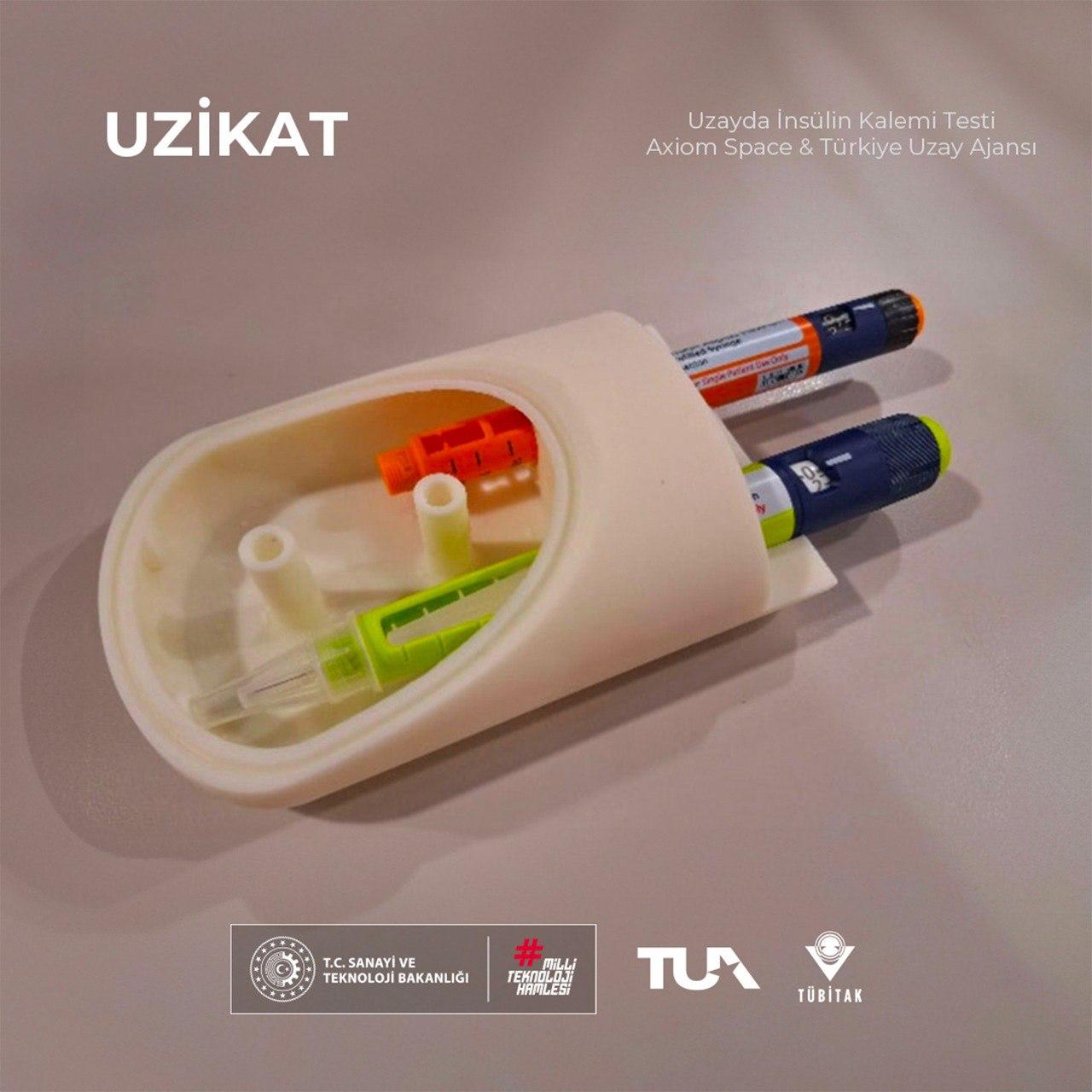
BEACON
BEACON-R - Behavioral, Affective, Cognitive and Neurophysiological Responses to Spaceflight
Harvard Medical School
University of Health Sciences
Dr. Vladimir Ivkovic
Ms. JoAnna Pollonais, Dr. Şükrü Hakan Gündüz, Nazım Ata
Within the scope of the BEACON (Behavioral, Affective, Cognitive and Neurophysiological Responses to Spaceflight) experiment, which will be carried out in partnership with the Center for Space Medicine Research (CSMR) within Harvard Medical School and the Department of Air and Space Medicine at the University of Health Sciences, it is aimed to examine the blood distribution and spinal fluid (CSF) dynamics in the Prefrontal Cortex region of the brain in all phases of a space flight for the first time with the Near Infrared Spectroscopy (NIRS) method. In this way, cranial pressure change, which is one of the important risk factors for astronauts, will be observed and the effect of spinal fluid in this context will be revealed. In addition to brain activity, it is planned to analyze the effects of space flight on the psychophysiological and immune system by analyzing ECG data and various biological samples.
YUVA
Vesicle Analysis in Suborbital Flight
Bilkent University National Nanotechnology Research Center (UNAM)
Dr. Fatih Inci
Murat Güngen, Nedim Hacıosmanoğlu
Extracellular vesicles are communication vesicles that are expelled from the main wall of a cell and carry various biological molecules.
Within the scope of the YUVA experiment, it is aimed to examine the effects of the forces and microgravity environment that our astronaut will be exposed to during his flight on the vesicles in his body and to reveal the changes in the vesicles in this process.
If, after analysis, it is determined that these vesicles contain information that can provide adaptation in a zero-gravity environment, the vesicles will be transferred to healthy cells on earth and the response of these cells will be examined. Thus, in the future, it is aimed to develop adaptation therapies that can be applied to astronauts before they go to space and that can help them adapt faster in a zero-gravity environment.
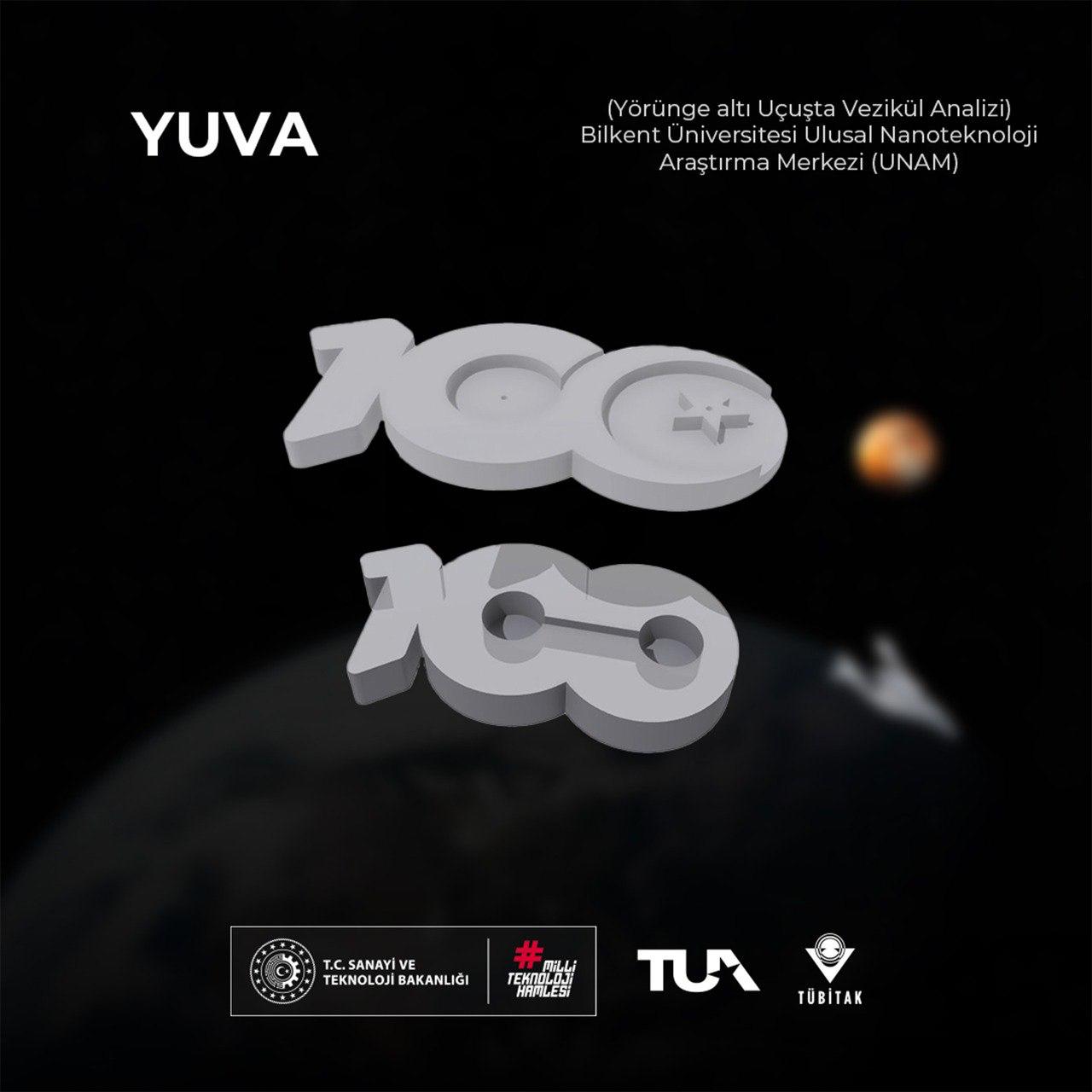
MESSAGE
Microgravity Related Genetic Science Mission
Uskudar University
Prof. Dr. Lecturer Prof. Dr. Cihan Taştan
Büşra Tekirdağlı, Ebru Çam, Özge Demir, Gamze Gülden, Berranur Sert, Fatmanur Erkek
It is aimed to identify genes whose function has not yet been discovered and to determine which immune cells will be directly affected by gravity during space missions with CRISPR gene engineering methods.
For this purpose, blood samples were taken from the astronauts participating in the study at the time points determined before and during the flight, and transcriptome analysis was performed on these samples.
After the space mission, it was planned to apply CRISPR gene editing technologies to destroy genes in T cells that were found to be up-regulated by microgravity.
The researchers also intend to use an acoustic levitation device in ground experiments to analyze cell proliferation, survival, stress responses, changes in anti-cancer and cytokine release profiles at the cellular level.
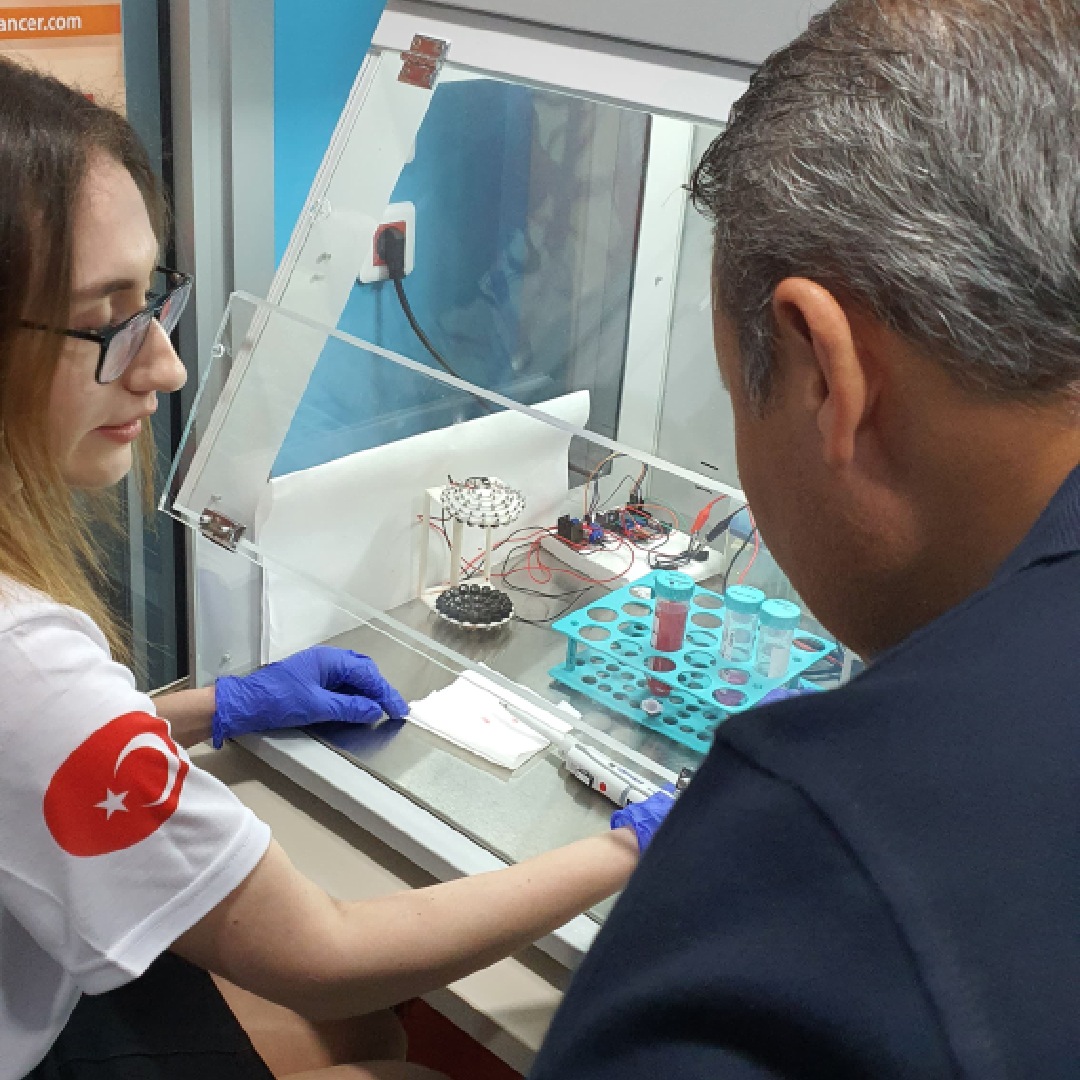
METABOLOM
Analysis of Changes in Metabolome/Transcriptome of Astronauts on Space Missions and Creation of National Omics Data Sets
Ankara University
Prof. Dr. Emel Emregül
Oğuzhan Durmaz, Prof. Dr. Emirhan Nemutlu, Assoc. Dr. Evren Özçınar, Assoc. Dr. Burak Derkuş, Dr. Nihan Akdoğan, Dr. Cemil Can Eylem
Spaceflight is one of the most demanding physical conditions humans can experience. Astronauts are exposed to environmental stresses during space missions, such as low gravity, space radiation, altered physical activity, nutritional problems, lack of sleep, high g and hyperoxia.
Our research aims to reveal the negative effects of space conditions on human health. In addition, in order to reduce these negative effects, it is aimed to examine the physiological and biochemical changes in gene expression and metabolism of our astronauts participating in space missions under the influence of space environment conditions. With this study, it is aimed to provide new information in understanding the possible risk factors of system-wide changes in the body for the health of our astronauts, and to provide useful data for further research for experts who will work on topics such as gravity physiology, aerospace medicine in space research in our country. It is also thought to be useful in the development of new treatments and preventive measures for existing diseases on Earth.
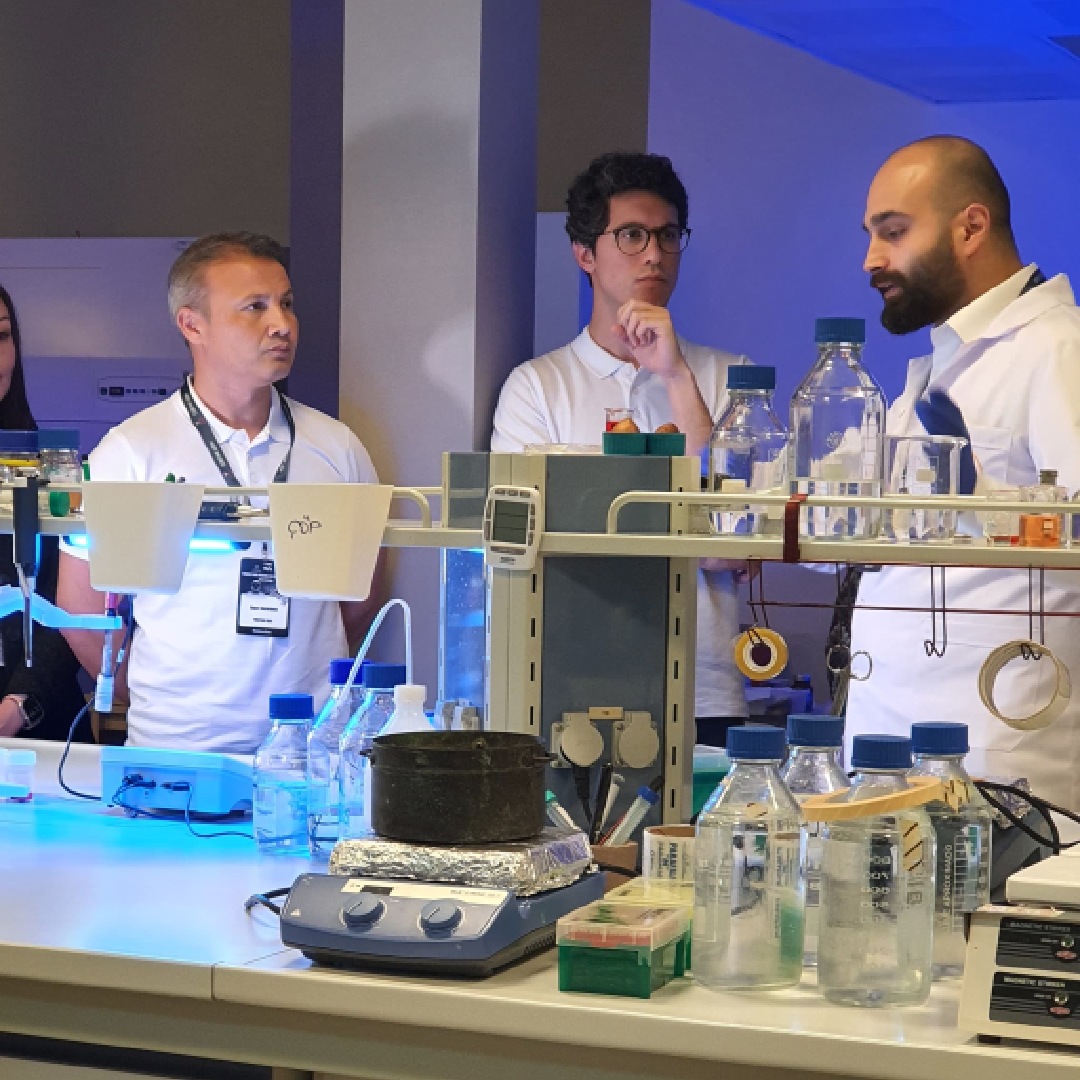
MIYELOID
Investigation of the Effect of Radiation Exposure on Myeloid-derived Suppressor Cells in Peripheral Blood, Precursor Lesions for Cancer in Individuals Participating in Space Missions
Hacettepe University
Prof. Dr. Güneş Esendağlı
Prof. Dr. Kerim Bora Yılmaz, Assoc. Prof. Dr. Erhan Güven, Hamdullah Yanık
Myeloid-derived suppressor cells (MKBCs) are a heterogeneous population of immature myeloid cells that are produced at high levels in chronic inflammatory processes such as cancer, suppress immunosuppression and promote cancer progression and metastasis. The aim of this study was to immunologically measure and evaluate the travel and space conditions and cosmic radiation damage that space mission participants will be exposed to at the level of MKBH cells.
